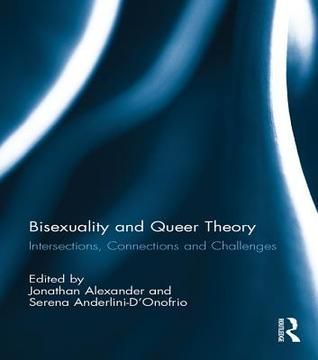
Bisexuality and Queer Theory Intersections, Connections and Challenges
According to David Halperin, sexuality in our time is typified by a "crisis in contemporary sexual definition". What is sexuality? What does it mean to have a sexual identity or orientation? What is the relationship between sexuality as a knowledge construct, on one hand, and the often messy flows of desire and practices of love, on the other? How and why are some sexual, erotic, and intimate practices normalized and others marginalized? Queer Theory has emerged in the West as one of the most provocative analytical tools in the humanities and social sciences. It scrutinizes identity and social structures that take heteronormativity for granted – that do not question the social construction of heterosexuality as normative in relation to its oppositional binary, homosexuality. At the same time, bisexuality is a practice, identity, and orientation that challenges the binary logic around which cultural notions of sexuality are organized. It is a portal to the imagination of a world of amorous expression beyond that divide. This provocative collection presents bisexuality and queer theory as two parallel thought collectives that have made significant contributions to cultural discourses about sexual and amorous practices since the onset of the AIDS era, and explores the ideas that circulate in these thought collectives today. We learn much about the construction and experience of sexuality, and the power it still holds throughout the contemporary Western world to shape identities and practices. This volume challenges our understanding of what it means to be sexual, to have a sexual identity, and to practise the arts of loving. This book was orginally published as a special issue of the Journal of Bisexuality.